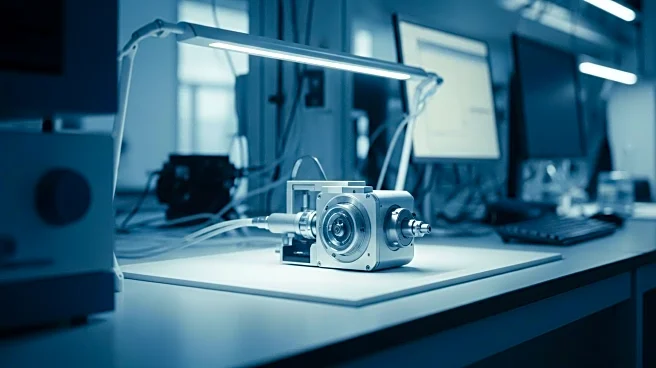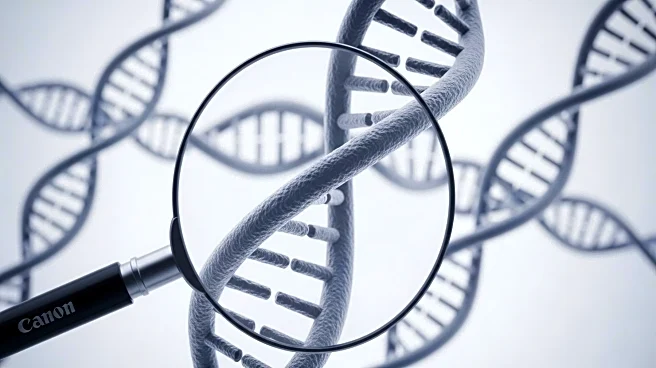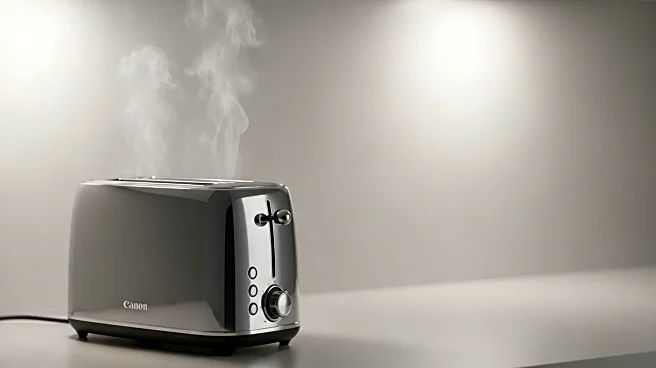What's Happening?
A recent study has demonstrated the use of holo-tomographic flow cytometry (HTFC) for label-free phenotyping of acute myeloid leukemia (AML) blasts. This technique allows for the detection of statistically significant shifts in 3D cell morphology, linking phenotype with genotype without the need for labeling. The study, published in Light: Science & Applications, highlights the application of HTFC to characterize subtle nuclear shape differences in AML blasts, expanding on previous work in rolling-cell tomography. The introduction of a concave segmentation algorithm enables quantitative analysis of nuclei with cup-like morphologies, commonly associated with NPM1 mutations. Virtual reality visualization is integrated to offer immersive exploration of reconstructed tomograms, enhancing interpretability of 3D refractive index data.
Why It's Important?
The advancement in label-free phenotyping techniques like HTFC is crucial for improving diagnostics and treatments for conditions such as acute myeloid leukemia. By providing a morphological fingerprint of a genotype, this method offers a more precise understanding of how genetic mutations influence cellular morphology. This can lead to more accurate diagnoses and potentially more effective treatments. The integration of virtual reality for data visualization also opens new avenues for educational and clinical applications, making complex biological data more accessible and engaging.
What's Next?
Future developments may focus on enhancing precision towards single-cell classification, particularly for diagnostically ambiguous samples. The study suggests integrating HTFC with complementary methods like correlative fluorescence imaging to reinforce its utility and generalizability. There is potential for AI and machine learning to aid in organelle-level subcellular segmentation, broadening the scope of applications. The introduction of standardized 'rolling-phantoms' may help consolidate resolution claims and promote adoption across laboratories.
Beyond the Headlines
The study's approach to label-free phenotyping could lead to long-term shifts in how cellular morphology is studied, potentially reducing reliance on traditional methods that require labeling. This could have ethical implications by minimizing the use of exogenous dyes and invasive procedures in research.











